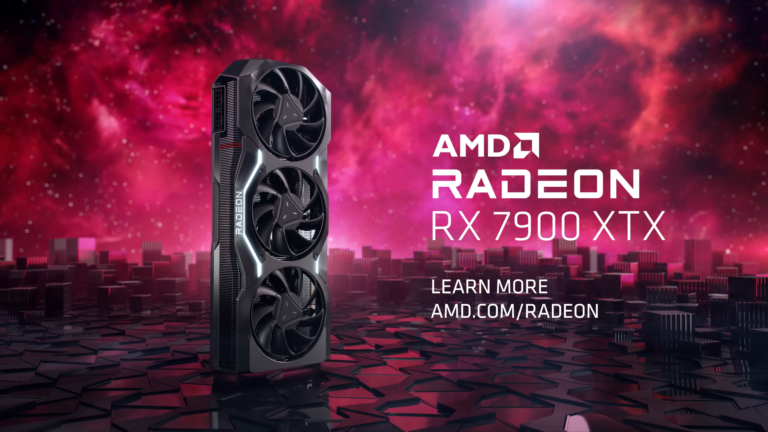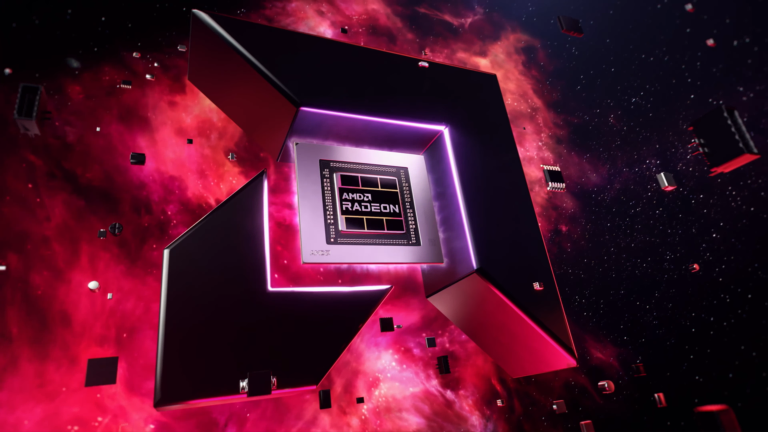AMD’s Frank Azor recently discussed their top RDNA 3 graphics card, the Radeon RX 7900 XTX, and their brand-new FSR 3 technology in an interview with PCWorld. AMD opted not to display any performance comparisons against their rivals’ RTX 40 series graphics cards when the firm launched its Radeon RX 7900 series graphics cards, which include the Radeon RX 7900 XTX & RX 7900 XT.
In reality, AMD avoided comparing the performance of its graphics cards to those made by NVIDIA, notably the RTX 30 series from before. The RX 6900 XT and RX 6950 XT, two of their earlier RX 6000 series cards, were the sole comparisons done.
The sole NVIDIA RTX 40 series card currently on the market, the RTX 4090, was not compared by AMD’s red team because their flagship, the RX 7900 XTX, is not made to compete against it at all, according to Frank Azor, AMD’s Chief Architect of Gaming Solutions and Marketing.

The RTX 4090 costs $1599 US (MSRP) while the RX 7900 XTX costs $999 US (MSRP), thus this is definitely correct in terms of price. That represents a 60% difference in price alone. Additionally, despite the fact that the 7900 XTX offers a performance improvement of up to 70% over its predecessor, the business does not consider the 4090 to be the primary competitor in terms of price.
The NVIDIA GeForce RTX 4080 is the real rival AMD sees to its Radeon RX 7900 XTX (16 GB).
Price-wise, the RTX 4080 is more comparable because it costs $1199 US, or $20 more than the RX 7900 XTX. But even so, the RX 7900 XTX is unquestionably more affordable and offers a memory edge (24 GB vs 16 GB). Even the RX 7900 XT, which costs $899 US and has 20 GB of memory, might be considered as alternative to the RTX 4090.
Frank had more to say than just that. Additionally, he mentioned FSR 3 technology, which is undoubtedly intriguing and provides us a sign that the red team would not confine it to its RDNA 3 lineup, in contrast to NVIDIA, which made DLSS 3 exclusive to its RTX 40 series GPUs. According to Frank, development on FSR 3 has been ongoing for some time and is not a reaction to DLSS 3. When comparing FSR to the original generation of DLSS, AMD made a very similar claim, but NVIDIA deserves praise for being the company that really propelled the PC graphics market into the era of ray tracing and upsampling techniques.
Also Read:








